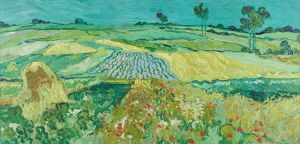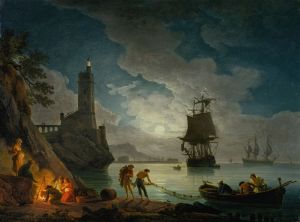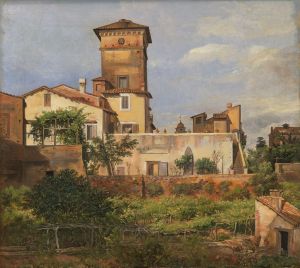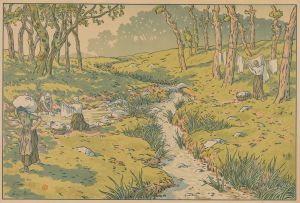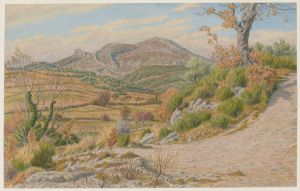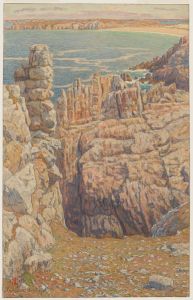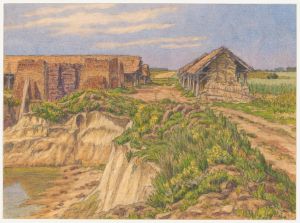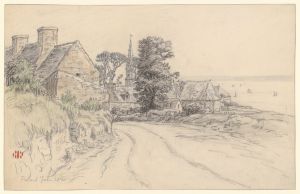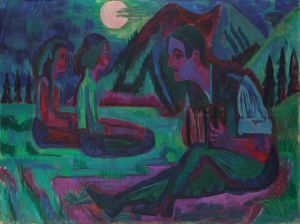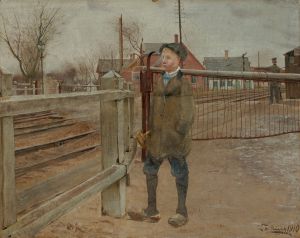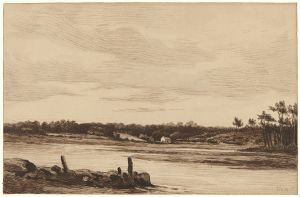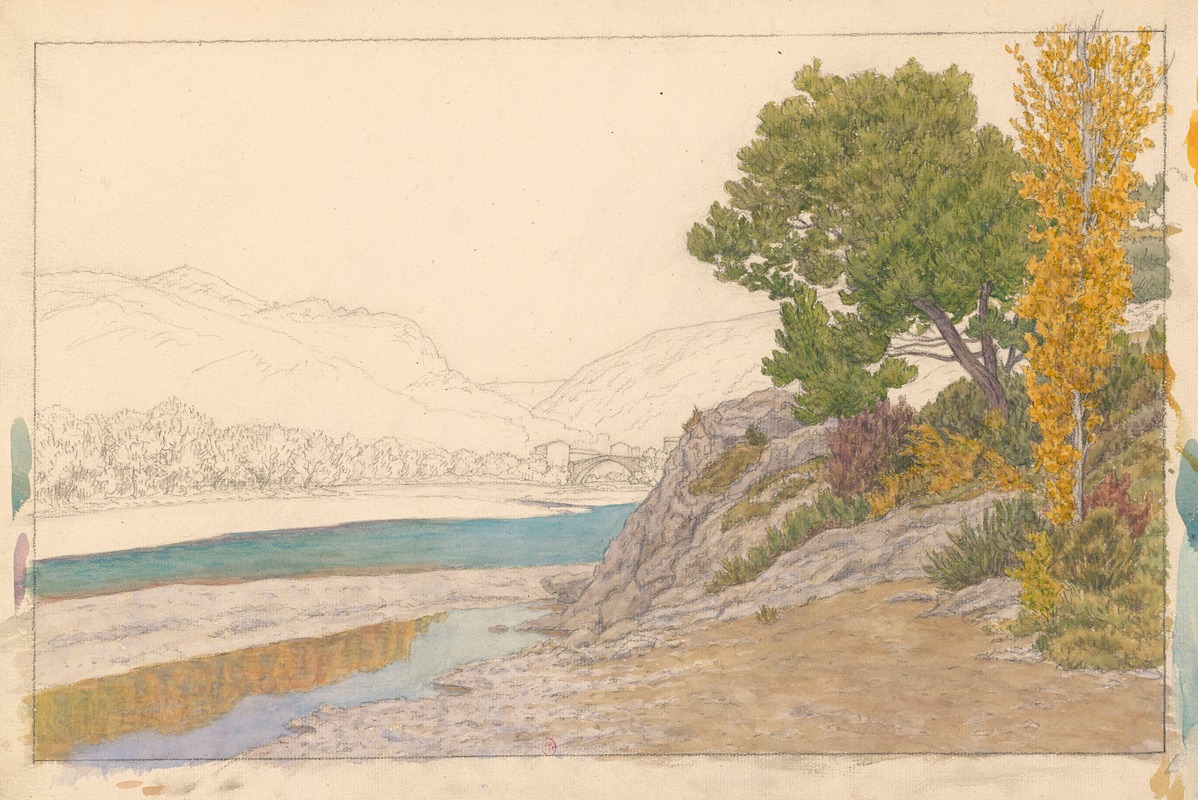
Buis-les-Baronnies, l’Ouvèze
A hand-painted replica of Henri Rivière’s masterpiece Buis-les-Baronnies, l’Ouvèze, meticulously crafted by professional artists to capture the true essence of the original. Each piece is created with museum-quality canvas and rare mineral pigments, carefully painted by experienced artists with delicate brushstrokes and rich, layered colors to perfectly recreate the texture of the original artwork. Unlike machine-printed reproductions, this hand-painted version brings the painting to life, infused with the artist’s emotions and skill in every stroke. Whether for personal collection or home decoration, it instantly elevates the artistic atmosphere of any space.
Henri Rivière was a French artist known for his contributions to the art of printmaking and his involvement in the late 19th and early 20th-century art movements. He was particularly recognized for his innovative use of color and his ability to capture the essence of the French landscape. One of his notable works is "Buis-les-Baronnies, l’Ouvèze," which reflects his keen interest in the natural beauty of France.
"Buis-les-Baronnies, l’Ouvèze" is a depiction of the picturesque region of Buis-les-Baronnies, located in the Drôme department in southeastern France. This area is known for its stunning landscapes, characterized by rolling hills, lush vegetation, and the flowing Ouvèze River. Rivière's work captures the serene and tranquil atmosphere of this region, showcasing his ability to convey the subtle interplay of light and shadow.
Henri Rivière was deeply influenced by Japanese art, particularly the ukiyo-e woodblock prints, which is evident in his use of flat colors and strong outlines. This influence is apparent in "Buis-les-Baronnies, l’Ouvèze," where Rivière employs a similar technique to create a harmonious composition. The artwork reflects his mastery of lithography, a medium he frequently used to produce his prints.
Rivière's work often focused on the natural world, and he was known for his series of prints that depicted various landscapes across France. His attention to detail and his ability to capture the essence of a place made his work highly regarded. In "Buis-les-Baronnies, l’Ouvèze," Rivière's use of color and composition highlights the tranquil beauty of the French countryside, inviting viewers to appreciate the serene environment.
The Ouvèze River, which flows through the region, is a central element in the composition. Rivière's depiction of the river captures its gentle flow and the way it weaves through the landscape, providing a sense of movement and life to the scene. The surrounding hills and vegetation are rendered with a delicate touch, emphasizing the natural beauty of the area.
Henri Rivière's contribution to the art world extends beyond his individual works. He was a prominent figure in the Parisian art scene and was associated with the Chat Noir cabaret, where he experimented with shadow theater and other forms of artistic expression. His innovative approach to art and his ability to blend different influences made him a significant figure in the development of modern printmaking.
"Buis-les-Baronnies, l’Ouvèze" is a testament to Rivière's skill as an artist and his deep appreciation for the natural world. The work remains an important example of his ability to capture the beauty of the French landscape and his contribution to the art of lithography. Through his work, Rivière continues to inspire appreciation for the delicate interplay of nature and art.






